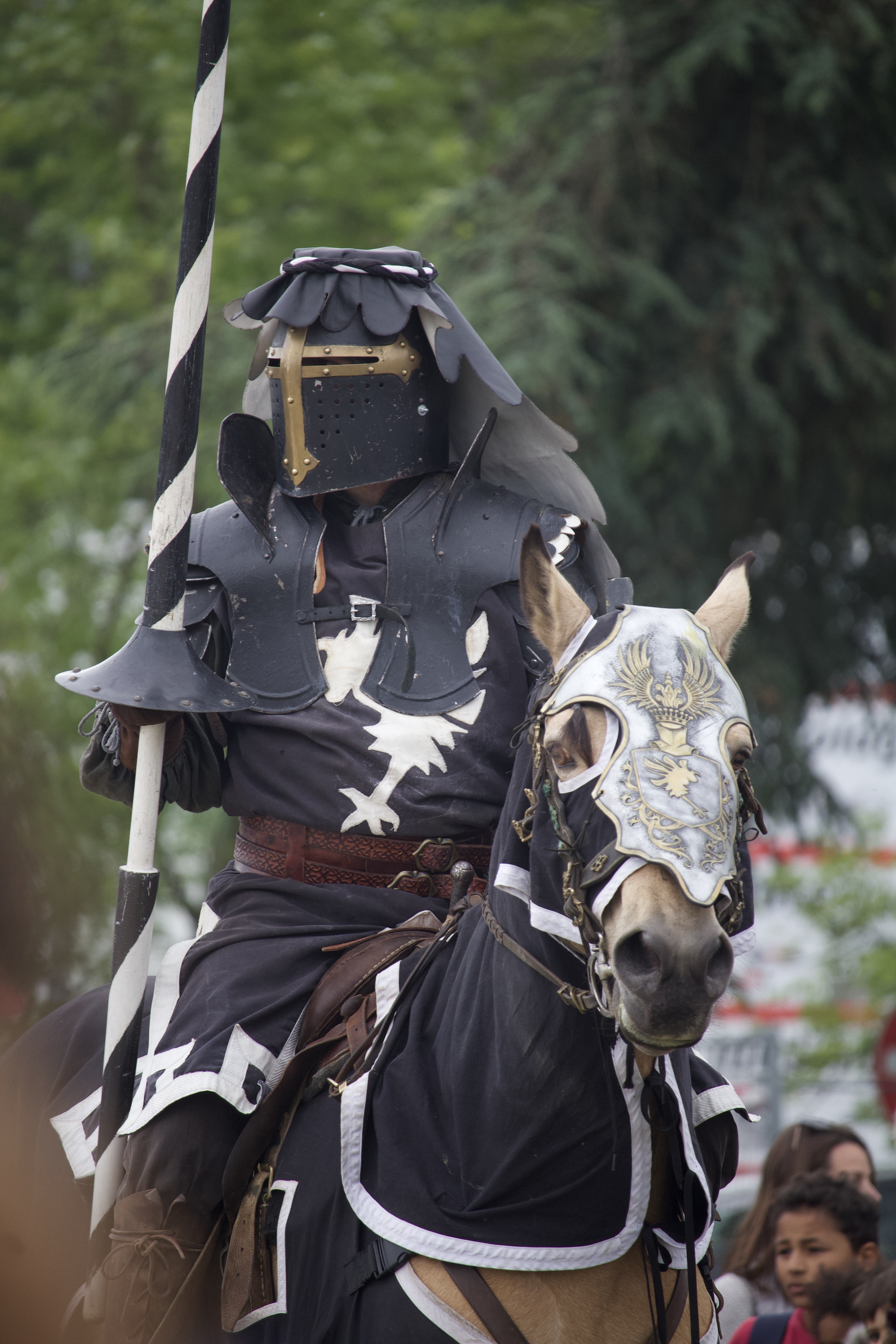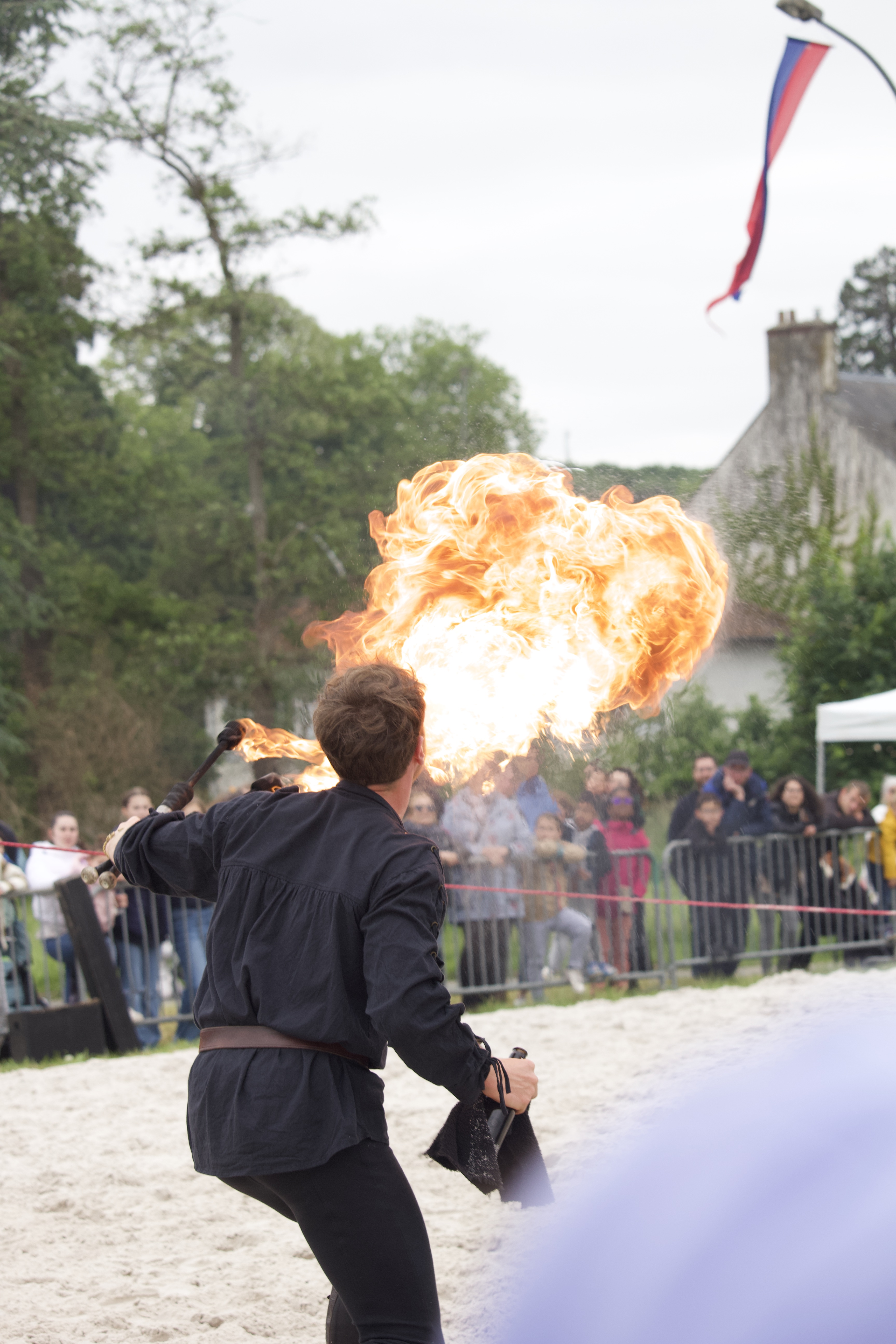Tiny French Villages That Throw Unexpected June Fêtes
Where rural charm meets exuberant celebration
 Image courtesy of Fiona McMurrey
Image courtesy of Fiona McMurrey
When you think of summer festivals in France, you probably picture the huge crowd-pleasers: Paris’s Fête de la Musique, the Cannes Film Festival (technically May, but close enough), or Avignon’s iconic performing arts festival. But far from the spotlight, something magical happens in the French countryside each June.
Scattered across valleys, hilltops, and sleepy lanes are dozens of tiny villages — many with fewer than 1,000 residents — that come alive with quirky, charming, and deeply local fêtes. These celebrations are less about spectacle and more about tradition, community, and joy. If you’re craving a truly authentic travel experience, mark your map with these five unexpectedly festive villages.
1. Saint-Antoine-l’Abbaye (Isère, Auvergne-Rhône-Alpes)
Event: Fête Médiévale (Medieval Festival)
 Image courtesy of Fiona McMurrey
Image courtesy of Fiona McMurrey
Though its bigger medieval festival occurs in August, Saint-Antoine-l’Abbaye warms up in June with smaller reenactments and artisan gatherings. This village — officially listed among Les Plus Beaux Villages de France — feels like a movie set, with winding cobblestone streets and an immense abbey dating back to the 13th century.
In June, you might stumble upon robed monks reenacting old rituals, blacksmiths hammering iron over coals, and bakers using centuries-old ovens to make pain rustique. Locals take their roles seriously — this isn’t a commercial event, but a lovingly curated tribute to the past.
Why it’s special: You’ll feel like you’ve stepped into another era, surrounded by villagers who truly live their history. And because the crowds are lighter in June, you’ll have space to soak it all in.
2. Eymet (Dordogne, Nouvelle-Aquitaine)
Event: Fête de la Lumière (Festival of Light)
Eymet is a picturesque bastide town in southwest France with a surprising twist: a vibrant expat community that brings international energy to its very local traditions. Each June, the town holds a magical Fête de la Lumière, inspired by the famed Lyon festival but on a much smaller, more intimate scale.
As night falls, the town’s medieval square is transformed by soft lights projected onto stone façades. Candlelit stalls line the streets, musicians perform jazz or folk, and food vendors serve up grilled duck, galettes, and glasses of chilled rosé. Locals and visitors mingle in the glow, creating a beautiful blend of cultures.
Why it’s special: The atmosphere is cozy, communal, and glowing — a perfect way to see how modern creativity and ancient architecture can blend under the June stars.
3. Cucuron (Vaucluse, Provence)
Event: Fête de la Cerise (Cherry Festival)
Nestled in the Luberon hills of Provence, Cucuron is a tiny village that feels almost too cinematic to be real — which might explain why it was a filming location for A Good Year with Russell Crowe. In June, the town’s pride overflows during the Fête de la Cerise, a tribute to the first fruits of the summer.
Market stalls overflow with fresh cherries — deep red, blushing pink, and golden yellow. Local chefs prepare cherry tarts, cherry compote, and even savory cherry sauces for roast pork or duck. There are cherry-stone spitting contests (yes, it’s a real sport), regional wine tastings, and traditional Provençal dancing around the village’s central étang (a large reflecting pond surrounded by plane trees).
Why it’s special: You’ll taste cherries still warm from the sun, meet the farmers who picked them that morning, and see how even a small crop can inspire an entire village to celebrate.
4. Blesle (Haute-Loire, Auvergne)
Event: Journées du Patrimoine de Pays & des Moulins (Heritage & Mills Days)
One of the most underrated villages in central France, Blesle is a medieval gem that still feels untouched by time. During the Journées du Patrimoine de Pays, held annually in mid-to-late June, the town opens the doors to historic mills, medieval towers, and artisan workshops — many of which are not accessible to the public at other times of the year.
You can join guided walks with local historians, listen to tales from village elders, and learn how traditional crafts like basket weaving, toolmaking, or herbal medicine were practiced here centuries ago. Children can join old-fashioned games in the town square, while adults sip local cider and admire the architecture.
Why it’s special: It’s the opposite of a tourist trap — no queues, no commercialism. Just heartfelt hospitality and a deep sense of place.
5. Lagrasse (Aude, Occitanie)
Event: June Poetry & Philosophy Evenings
If a village could whisper, it might sound like Lagrasse — soft, thoughtful, and steeped in art. Known for its majestic Benedictine abbey and medieval streets, Lagrasse becomes a haven for thinkers and creatives each June with its unique Poetry and Philosophy Evenings.
Held in intimate venues like cloisters, bookshops, and wine cellars, these gatherings bring together poets, writers, philosophers, and curious minds. One night might feature a reading of Rimbaud beside the river, while another offers a wine tasting paired with a philosophical discussion on Camus or Simone Weil. It’s deeply intellectual but never pretentious.
Why it’s special: It’s a rare kind of festival — slow, soulful, and deeply French. Perfect for travelers who prefer reflection over revelry.
Why These Fêtes Matter
These small-scale June fêtes reveal something essential about France: a love for the quotidien — the daily beauty of place, season, and story. They’re not produced for mass tourism, and that’s precisely the charm. Each festival is a window into how France’s rural communities preserve their traditions, honor the land, and find joy in the rhythms of the year.
If you're visiting France in June, skip a day trip to the big cities and follow the winding roads to somewhere smaller. Ask around, listen for the music, and you might find yourself dancing in a square you didn’t even know existed the day before.